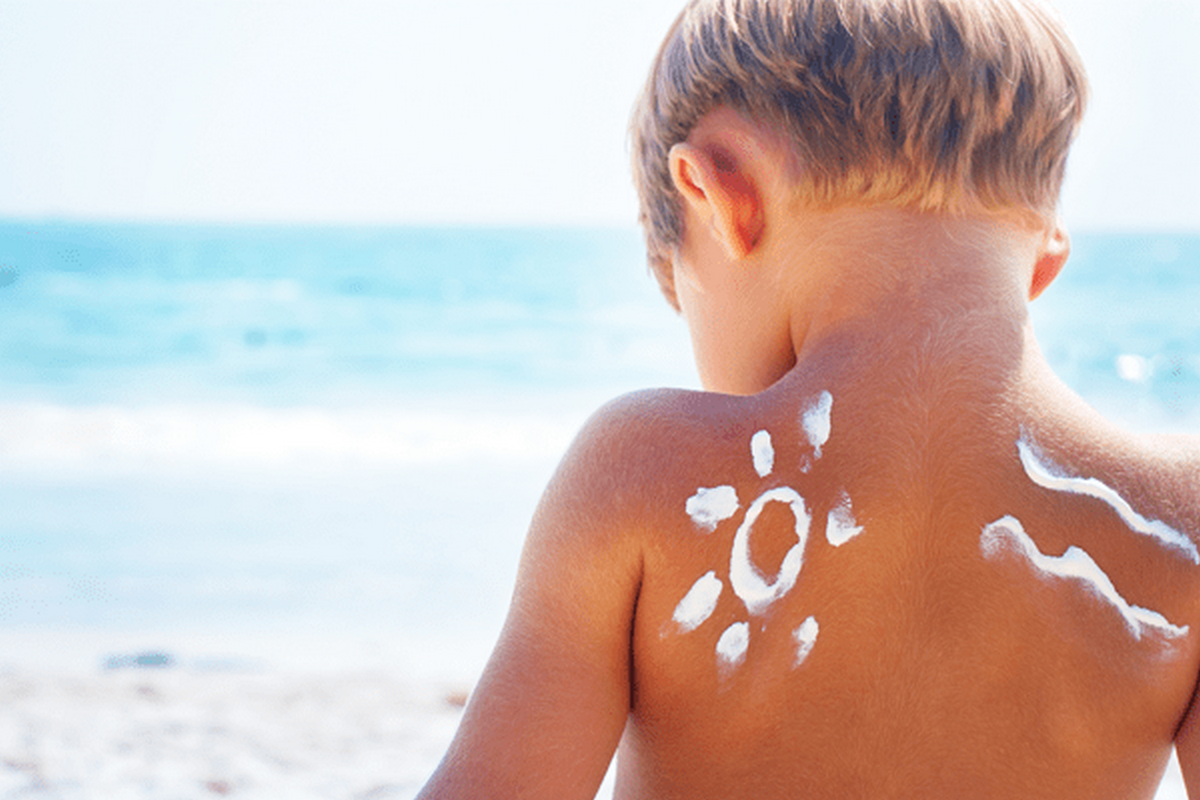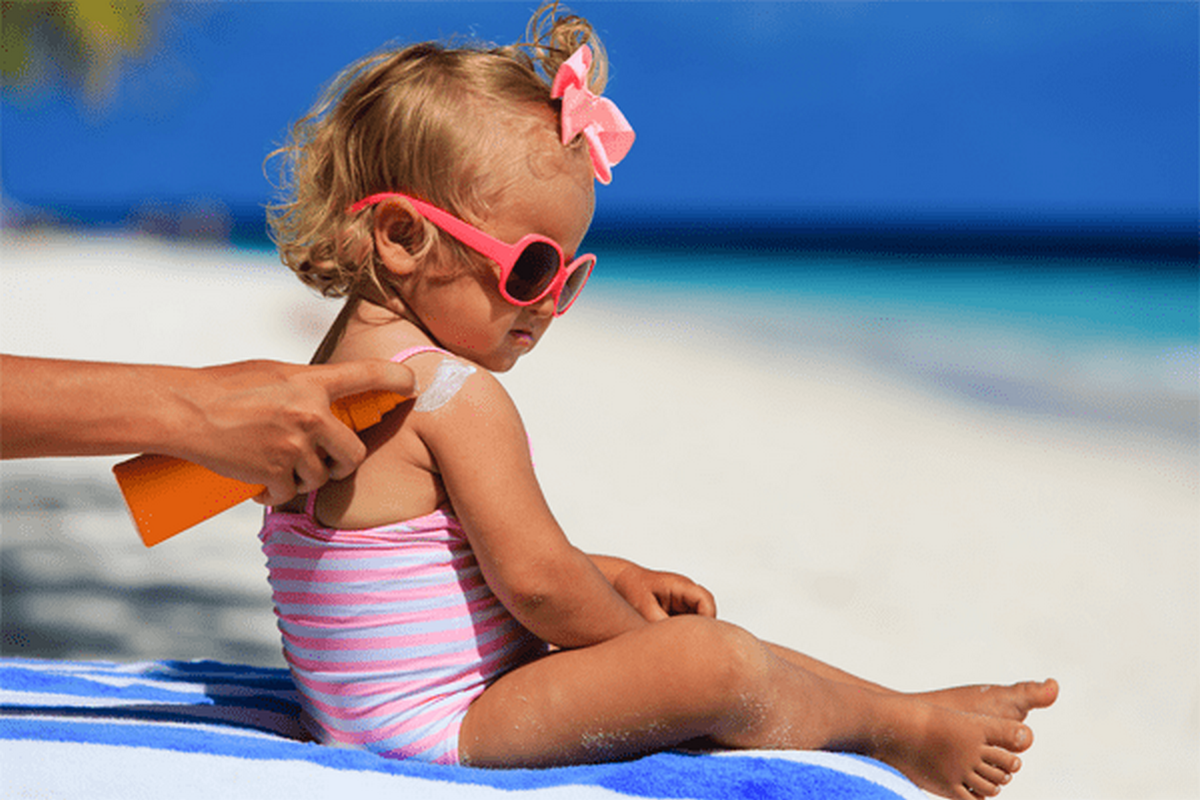Myths and facts about sunscreens for babies and kids

In the summer, sun and sea become the best friend of children. Although exposure to the sun offers benefits to overall health and mood, lack of proper skin protection and the inappropriate use of sunscreens can lead right to the opposite effect. What kind of myths and truths lie behind the use of sunscreens in children?
Are sunscreen for kids suitable even for infants.
Myth. All sunscreen product regardless of the protection index, offer a maximum protection of 2 hours. Babies should use sunscreen products with SPF 25, unless there is a high photosensitivity, while children may use sunscreen products of higher protection. Both categories of sunscreen should be free from parabens and color and be hypoallergenic.
The SPF and PPD (or PA) markers indicate skin’s defense against sun radiation.
Fact. Protection index refers to the ability of skin after the use of sunscreen to defense against sun radiation. For example, a sunscreen with an index of SPF 30 indicates that the skin is 30 times more resistant to sunlight radiation, than without the sunscreen. SPF (Sunburn Protection Factor) indicates protection from UVB irradiation, while PPD or PA markers indicate protection from UVA radiation.
The type of sunscreen (cream, gel or emulsion) differentiates the protection that offers to the skin.
Myth. Many sunscreens are available in various forms (gels, oils, lotions, cream-emulsions). However, despite the different textures and types, the only thing that defines skin protection is the protection index of the sunscreen. Recently, sunscreen products have been created and can be applied even to wet skin, making it easier to apply after bathing in the sea.
Baby and infant sunscreens contain natural, chemical or a combination of both types of filters.
Fact. Natural or mineral filters contain inorganic compounds (Titanium dioxide – TiO2 and zinc oxide – ZnO) which completely diffuse solar radiation, protecting the upper skin layers. Chemical filters are synthetic substances that absorb the radiation and protect the lower layers. Finally there are sunscreens that combine natural and chemical filters that are enriched and improved in texture and action.
Sunscreens for children with a high protection index offer longer protection against sunscreen with a lower marker.
Myth. All sunscreen products, regardless of the protection index they contain, protect maximum up to two hours. Therefore, in two hours should be re-applied. As it has to do with babies, you should re-apply every hour. It is advisable for infants to use sunscreen products with natural filters with a medium – high protection index, especially in case of photosensitivity, while children may use sunscreens with highe protection index and chemical filters or a combination of chemical – physical filters.
In Vita4you you can find a big variety of sunscreens for babies and kids.
Disclaimer
The content of this blogspot is not and can not be considered as medical advice, diagnosis or treatment. All information is provided to readers solely for informational purposes. There is no intention to substitute this content for personalized medical advice, diagnosis, prognosis or treatment.


Leave a comment